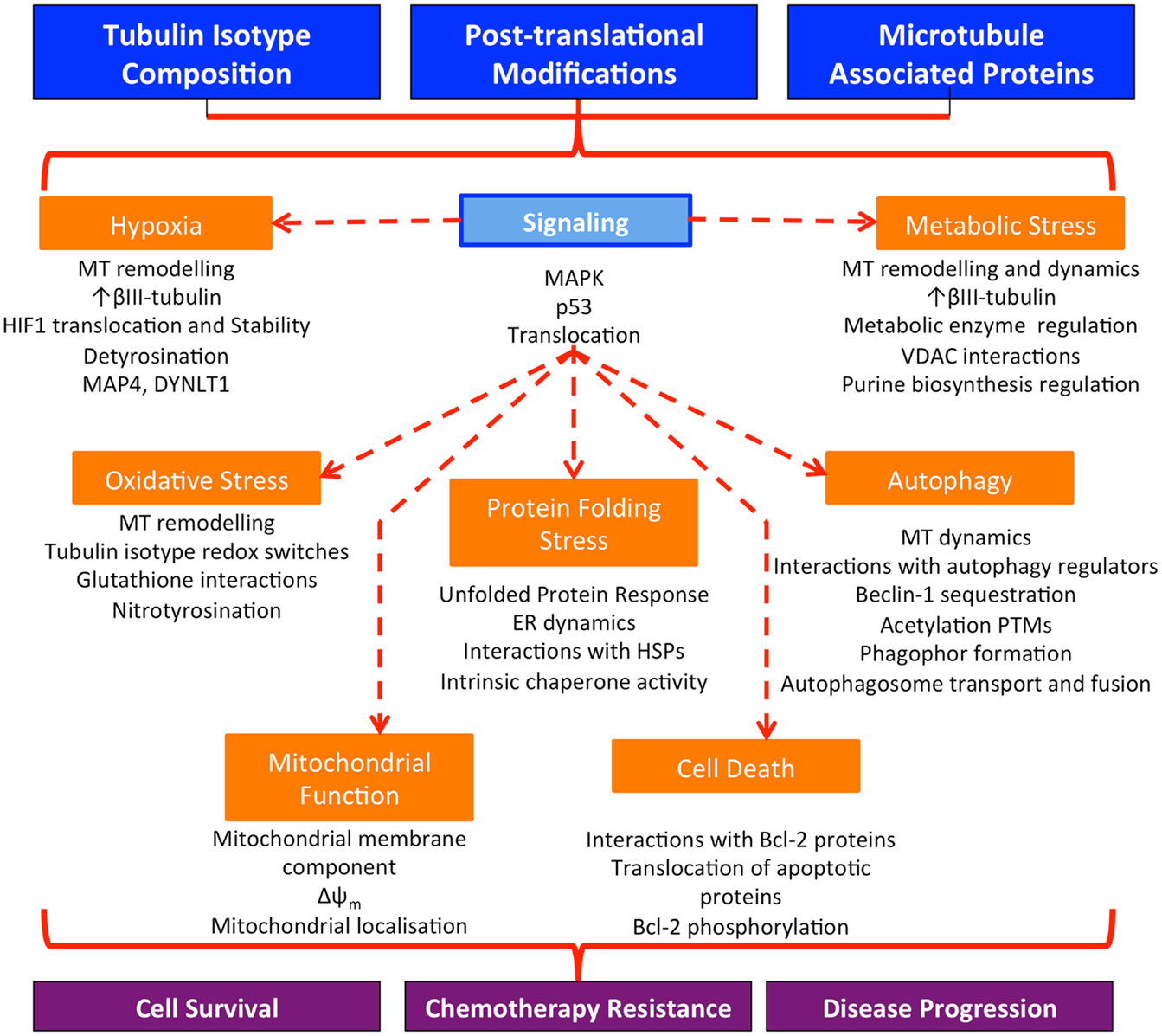I'm not because I don't think it would be possible to distinguish between a mimicked self aware and real self awareHow are you defining ''self aware,'' in terms of AI becoming ''self aware?''
Take AI ai its word???
I'm not because I don't think it would be possible to distinguish between a mimicked self aware and real self awareHow are you defining ''self aware,'' in terms of AI becoming ''self aware?''
Tell me why emotion requires biology.As I've said life , living intellect , is biological based . Different from electronics .
Ai will never feel the emotions that life does . Because the emotions are based on entirely different . Biology is based on Living things . Electronics emotions is based on a program ( which we invent ) .
Is emotion an "acquired" (learned) intellectual electrochemical response? If so can emotion be acquired by any electrochemical intellectual processing machine?I think we can only perceive emotions based on our own perception of emotions, and how we display emotions. If we use that as the parameter for emotional expression, we can’t perceive machines being capable of independent emotion. I liken this to anthropomorphism in that it seems like a forcing of human emotions onto AI, and believing that to be an independent function within AI.
If that makes sense?
I think we can only perceive emotions based on our own perception of emotions, and how we display emotions. If we use that as the parameter for emotional expression, we can’t perceive machines being capable of independent emotion. I liken this to anthropomorphism in that it seems like a forcing of human emotions onto AI, and believing that to be an independent function within AI.
If that makes sense?
[...] Is the ability to "feel" (experience) attraction and repulsion purely human? Is the mirror function exclusively reserved for biological beings?
How about an amoeba? The Paramecium has sex and interestingly, that is the only time it does not move.
How about "quorum sensing" in bacteria that triggers a mass response in virulence?
In fact, single cells alone are capable of remarkable behaviors, and they can self-assemble into collective systems (such as slime molds or xenobots) that can achieve even more, all without the help of neurons or muscles... (MORE - missing details)
The microtubule is a remarkable self-organizing dipolar coil, able to change its length and electric resistance properties.A pseudopod or pseudopodium is a temporary arm-like projection of a eukaryotic cell membrane that is emerged in the direction of movement. Filled with cytoplasm, pseudopodia primarily consist of actin filaments and may also contain microtubules and intermediate filaments. Wikipedia

Microtubules and Their Role in Cellular Stress in Cancer - FrontiersMicrotubules, together with microfilaments and intermediate filaments, form the cell cytoskeleton. The microtubule network is recognized for its role in regulating cell growth and movement as well as key signaling events, which modulate fundamental cellular processes. Jun 18, 2014
What you see is microtubule action called "pseudopodia"
The microtubule is a remarkable self-organizing dipolar coil, able to change its length and electric resistance properties.
It seems that the microtubules in the cytoplasm and cytoskeleton are capable of a host of information processes. This is exactly what intrigued Roger Penrose in regard to the question of emergent consciousness.

Introduction.
Microtubules and Their Role in Cellular Stress in Cancer - Frontiers
https://www.frontiersin.org › fonc.2014.00153 › full
For a fairly comprehensive catalogue of microtubule functions, see also my thread on microtubules in the Pseudo-Science subforum.
It is truly remarkable that all Eukaryotic organisms have microtubules in common. Even more remarkable is the fact that microtubules are instrumental in all sensory information transportation, decision making, and response processes (including cell division) in every individual living cell.
Yes.What of algae ? Are there microtubles in Algae ? Just asking . The most important living form on the planet .
Yes.
For a more detailed description see my thread on microtubules.
Yes.
For a more detailed description see my thread on microtubules.
The answer to your question is "Yes" and one of the critical functions they perform in all Eukaryotic cells is Mitosis (cell division).Give a preview .
The answer to your question is "Yes" and one of the critical functions they perform in all Eukaryotic cells is Mitosis (cell division).
In case you missed the entire point. Individual organic cells already display quasi-conscious intelligence, which is a function of microtubules.Go on . So far No AI .
In case you missed the entire point. Individual organic cells already display quasi-conscious intelligence, which is a function of microtubules.
In other words, one does not have to be human or even organic to be able to acquire an emergent intelligence.
Are we in agreement then?I already know this Write4U .
Carbon nanotubes are very strong and light, and can act as semiconductors or conductors. They're used to strengthen composite materials.


Are we in agreement then?
One thing I want to make absolutely clear. I do not ascribe self-aware consciousness to microtubules. Conscious intelligence is an emergent "quality" of certain complex patterns. In organic cells this pattern in very primitive form may well be found in the cytoskeleton, even in the absence of neurons which of course also contain microtubules.
In biological organisms this is obvious as displayed by the infinite variety of conscious organisms.
I see no reason to exclude specific electro-chemical patterns from acquiring forms of intelligence. Ever looked at a "bucky ball"?

What is a Bucky ball used for?

https://www.nisenet.org/sites/default/files/catalog/uploads/2514/strucbucky_guide_15nov10.pdf
No these are pure carbon nano-tubules and AFAIK are also self-organizing in nature, but not self-regulating.Life form the microtubles .
No these are pure carbon nano-tubules and AFAIK are also self-organizing in nature, but not self-regulating.
Arranged in certain crystal patterns they might well acquire some sensory abilities. It would be very difficult to verify but many Scifi stories are based on that concept.
As Far As I Know.Highlighted
AFAIK meaning ?
As Far As I Know.
